
Best Earth Images of the Week - Feb. 3, 2012
Mysterious Lake, Colorful Clouds and Tiny Turtles
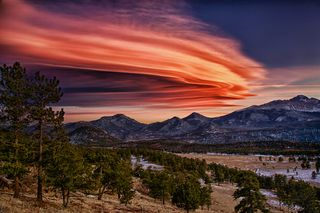
More rare animals and another amazing shot of the Earth from above.
Check out this week's amazing images.
Startling Re-Discovery at Sea
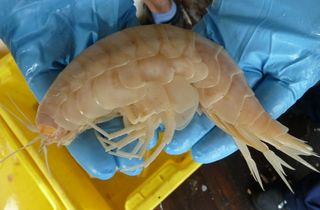
Scientists on an expedition to sample a deep-sea trench got a surprise when their traps brought back seven giant crustaceans glimpsed only a handful of times in human history. These amphipods are more than 20 times larger than typical crustaceans, the largest of which was about 11 inches long.
Additional specimens were spied by a seafloor camera more than a mile away from the trap.
[Full Story: 'Supergiant' Crustaceans Found in Deep Sea]
The Making of an Iceberg
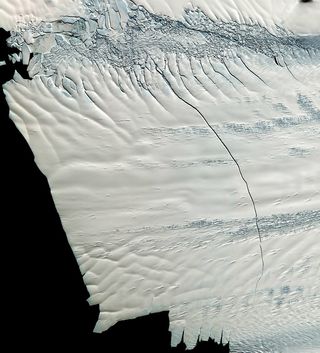
A massive crack in an Antarctic ice sheet, discovered in October 2011, was caught by a satellite in November 2011 and had grown an astounding mile in length in just about a month.
Pine Island Glacier has been producing large icebergs about every decade but researchers are surprised at the speed at which this one is forming.
[Full Story: Stunning Photo Shows Growing Antarctic Ice Rift]
Great Leaping Frogs!
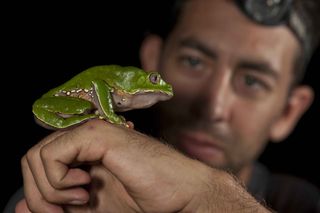
The discovery of 365 previously undocumented species in the Bahuaja Sonene National Park points out the importance of conservation work. The park is 15,000 square feet of home to hundreds of species of both mammals and fish, and thousands of types of butterflies, not to mention the birds, reptiles and amphibians.
While these species are known to live elsewhere, the biodiversity of this area is unmatched on the entire Earth.
[Full Story: Nature's Surprise: 365 New Species Spotted in Peru]
A Fuzzy Bundle of Joy
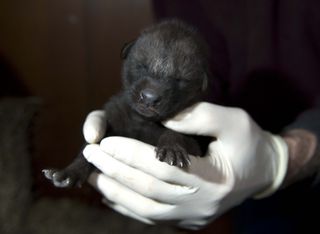
Conservation efforts for the maned wolf at the Smithsonian Conservation Biology Institute have been successful. A litter of four pups, born to Salina and her mate Nopal on Jan. 5, bring hope for the survival of the species.
[Full Story: Litter of Rare, Scruffy-Necked Wolf Pups Born in Virginia]
Mysteriously Mobile Lakes
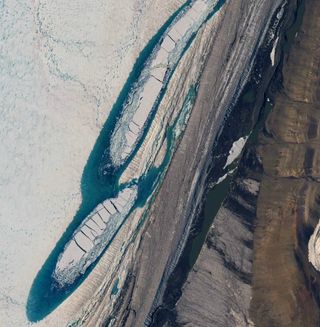
The George VI ice shelf is home to a set of teardrop shaped lakes that move up to 5 feet per day. Researchers have discovered why; viscous buckling, which can be related to how syrup moves, is responsible.
[Full Story: Strangely Moving Antarctic Lakes Surprise Researchers]
Record-Smashing Baby Boom
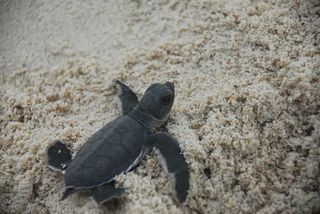
An astounding 1.44 million green turtle eggs are estimated to have been laid in the southern Philippines last year. Researchers point to protection of nesting beaches and waters as one reason for the rise.
[Full Story: Sea Turtle Baby Boom Smashes Record]
Sign up for the Live Science daily newsletter now
Get the world’s most fascinating discoveries delivered straight to your inbox.
Secrets of a Satellite
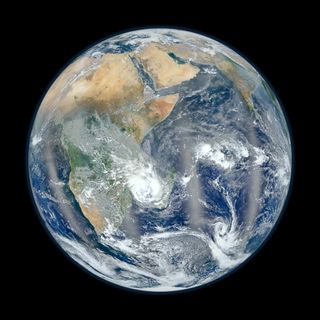
NASA's Suomi NPP satellite recently back some stunning photos of Earth from its orbit. These photos are pieced together from multiple images of the Earth taken over an eight-hour period.
[Full Story: Earth From Space: The Secret of NASA's Amazing 'Blue Marble' Photos]
Unprotected Endemic Species
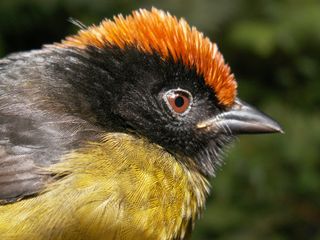
Over 100 years of data, collected by explorers and from satellite images, has been examined with disturbing results. A startling 800 rare and unique species from the Andes-Amazon basin of Peru and Bolivia are unprotected.
For example the habitat of the Black-faced Brush-finch, pictured here, is decreasing, but not yet to the point of action.
[Full Story: Gallery: Rare Species of the Andes & Amazon]
Brief, but Beautiful

Sunset over Estes Park in Colorado on Jan. 5 was breathtaking. The fleeting sight of a multi-hued formation of lenticular clouds was an observation made by those in the right place at the right time.
[Full Story: Breathtaking Cloud Formation Shines Over Rockies]











